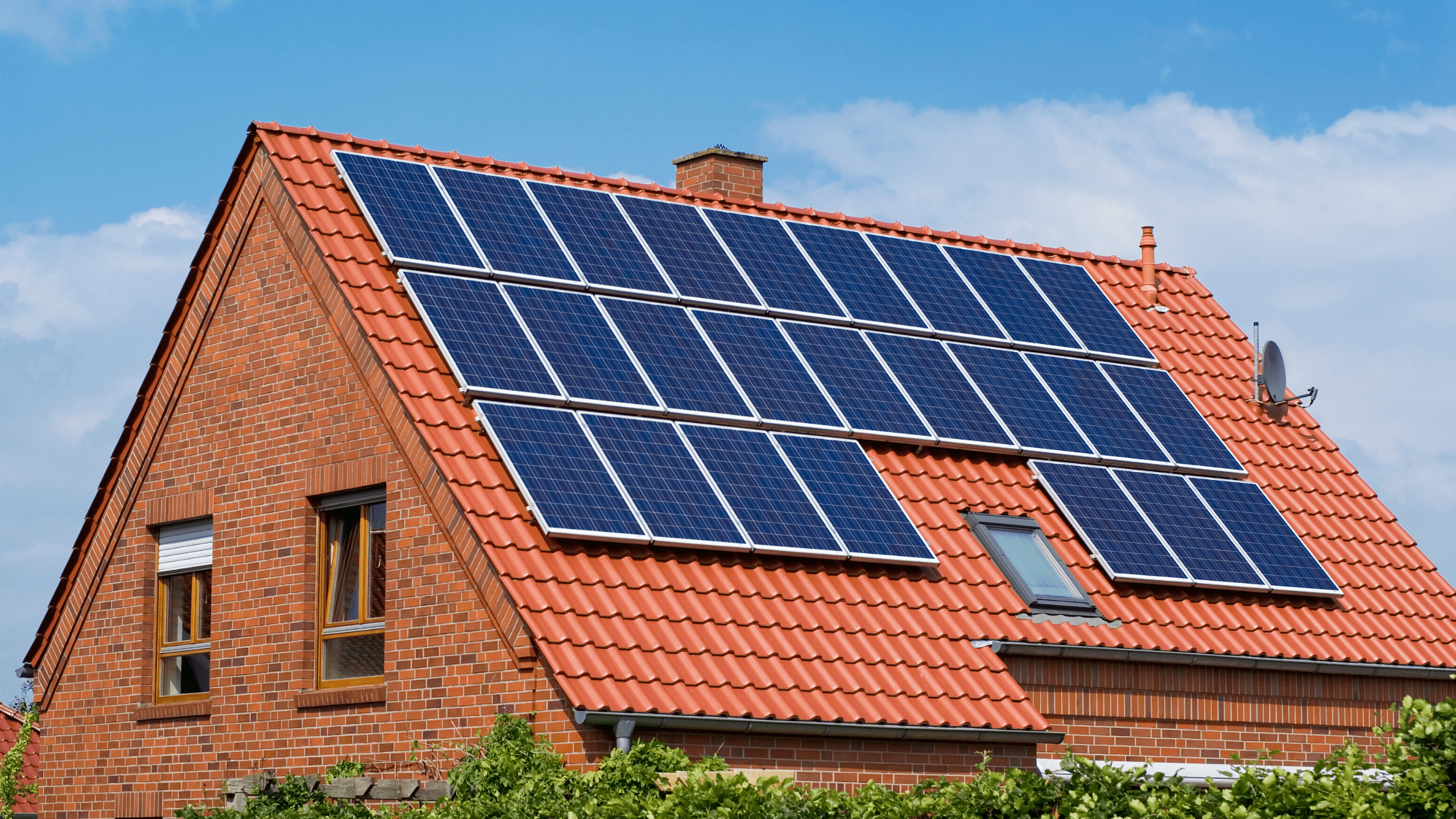Harnessing the Sun: A Beginner’s Guide to Going Solar at Home
Welcome to a brighter, cleaner future! As solar energy becomes increasingly accessible, more homeowners are curious about how to harness this sustainable power source. At Heartland Home Show, we’re committed to helping you navigate the world of solar energy. Whether you’re eco-conscious or looking to reduce energy costs, this beginner’s guide to going solar at home will illuminate the path forward.
Understanding Solar Energy
Firstly, let’s demystify solar energy. Solar panels, or photovoltaic (PV) systems, convert sunlight into electricity. They are composed of solar cells made from silicon, which absorb photons from sunlight and generate an electric current. This conversion process is known as the photovoltaic effect.
Benefits of Going Solar
- Reduced Energy Bills: Solar power can significantly reduce or even eliminate your electricity bills, as you’ll be generating your own energy.
- Eco-Friendly: Solar energy is clean and renewable, reducing your carbon footprint and helping combat climate change.
- Increased Home Value: Homes with solar installations often have a higher market value.
- Energy Independence: Reduce dependence on the grid and protect against rising energy costs.
Steps to Going Solar
- Assess Your Solar Potential: Consider factors like the amount of sunlight your home receives, roof condition, and available space. Tools like Google’s Project Sunroof can provide a quick initial assessment.
- Understand Your Energy Usage: Review your energy bills to understand your consumption patterns. This will help determine the size of the solar system needed to meet your energy needs.
- Explore Financing Options: Solar systems can be a significant investment. Look into options like solar loans, leases, or Power Purchase Agreements (PPAs), as well as government incentives and tax credits.
- Choose the Right Solar Provider: Research and compare solar providers. Look for reputable, experienced installers with proper certifications and good reviews.
- Get a Professional Assessment: A solar provider will conduct a detailed assessment of your home, including roof inspection and energy needs analysis, and then provide a proposal.
- Installation Process: Once you agree to the proposal, the provider will handle permits, installation, and connection to the grid. Installation typically takes a few days.
- Maintenance and Monitoring: Modern solar systems require minimal maintenance, often just regular cleaning and occasional checks. Many systems include monitoring software to track energy production.
- Connect to the Grid: Most home solar systems are connected to the grid. This allows for net metering, where you can sell excess energy back to the grid.
Conclusion
Transitioning to solar energy is a rewarding decision that benefits both the environment and your wallet. While the process may seem daunting, the long-term gains are substantial. By harnessing the power of the sun, you’re not only making a smart financial choice but also contributing to a greener planet. At Heartland Home Show, we believe in empowering our readers with knowledge and resources to make informed decisions about their home and environment. Embrace the sun and let your journey to solar energy begin!



